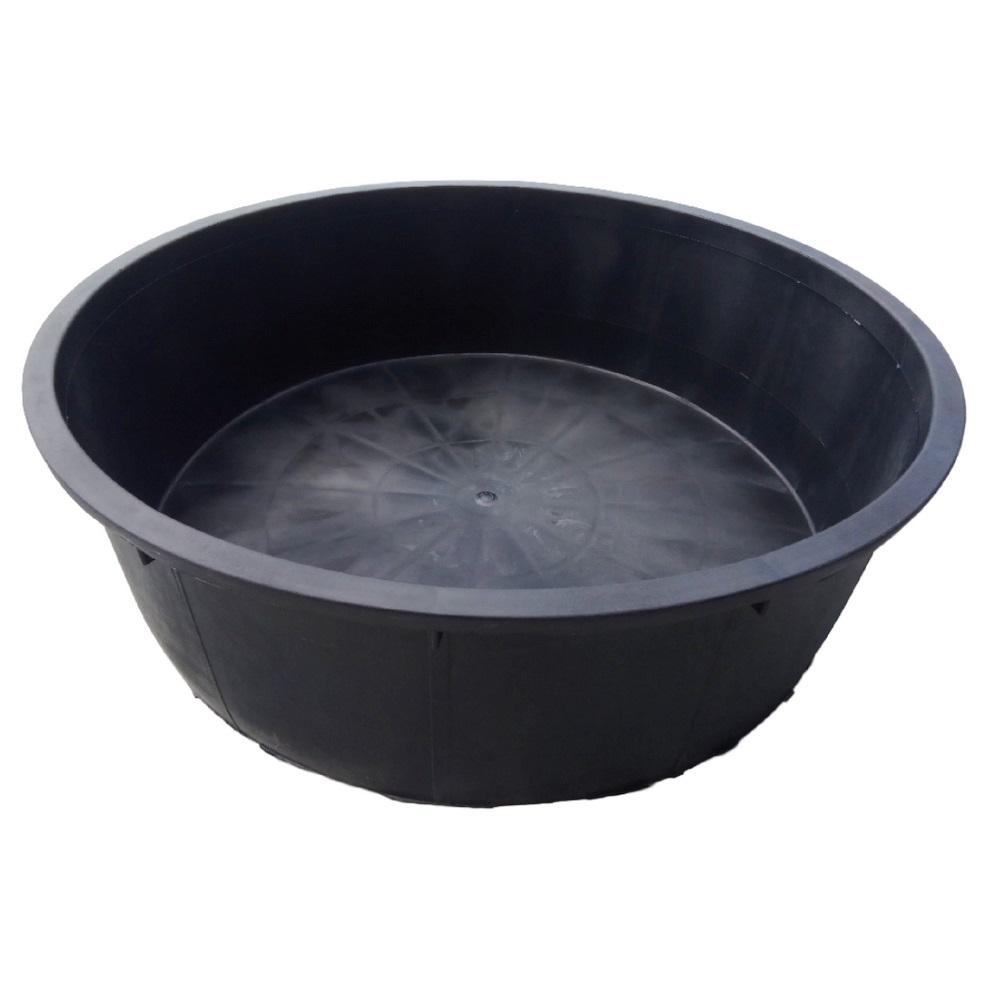

You can lay flat rock around the edge of the pond to hide the plastic. Dirt will settle over time leaving gaps which will put stress on the pond.
#PREFORMED POND FULL#
Even a small height difference will be very noticeable once the pond is full of water.ĭO NOT BACKFILL WITH DIRT!!! You will almost always end up with areas that aren't as tight as you would like. Once the pond is in place, use a level to check the height of the edges all the way around.

Place the pond in the hole to check where you need to remove extra dirt so it fits as tightly as possible. It's almost a given that the shape of the hole will not be perfect from the start. Continue to remove all of the loose dirt. Make straight shovel cuts in the dirt as you go. It's best to double check that the shape and size of the marked area is accurate before you start this step. Once the bulk of the dirt is removed it's time to start the edging work. Start digging 6 inches inside the marked area to start. You can use a garden hose, spray paint, wooden stakes or anything else that will show you roughly where to dig. Find the pond, lake, and water garden solutions that you need from The Pond Guy. Dirt will settle over time and lead to stress on the sides of the pond. If there are any gaps around the pond after you fit it in place use sand to backfill them, not dirt. Even a 1-inch difference between one side and the other will be very obvious once the pond is filled with water. Simply dig a level hole to support the preformed pond liner and you’re good to go. They’re cheaper than flexible rubber pond liner and a great introduction to experiencing the joy of water features.

It is important that the pond be well supported on all sides so you don't want to over dig if you can avoid it. Preformed ponds are generally the first type of pond a homeowner will install. Installation of a pre-formed pond is fairly straight forward but does require some patience.


 0 kommentar(er)
0 kommentar(er)
